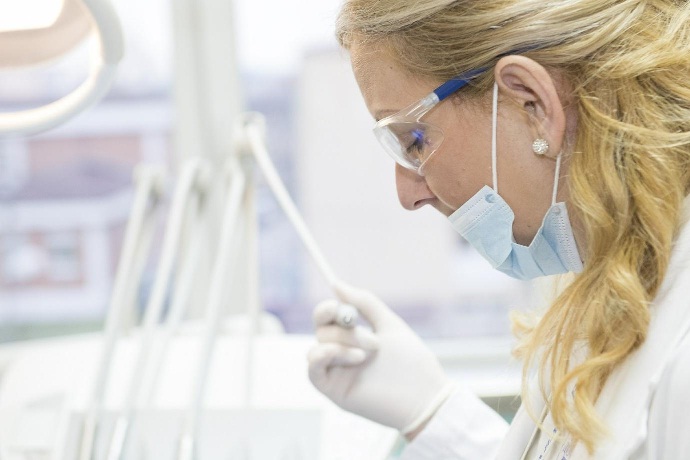Dental polishing is a technique for preventing a variety of dental problems. It improves dental health by keeping teeth clean and bright. For best outcomes, the treatment should be performed by a trained dentist.
Today there are many new dental polishing treatments available including acrylic dental polishers and, in this article, we will discuss all the latest dental polishing tips.
Types of Teeth Polishing
There are four different sorts of teeth polishing treatments. Here’s a quick rundown of all.
Therapeutic polishing: Dental surgery can reveal the cementum of the tooth, which is the hard tissue layer that covers the root of the tooth, in some situations. Polishing these areas helps to remove microflora and endotoxins that have accumulated due to bacterium build-up.
Cosmetic or coronal polishing: Cosmetic polishing, also known as coronal polishing, is a type of polishing that removes plaque and stains from teeth. It is not solely a cosmetic procedure. It uses abrasive pastes to get a gleaming, reflective white finish.
Superficial polishing:- The crown of the tooth is polished using this procedure. This procedure, on the other hand, has only minor medicinal benefits and is largely used to improve the appearance of the teeth.
Selective polishing:- Hygienists frequently use the term “selective polishing.” It is used to suggest that cleaning and polishing techniques are only performed if tooth surfaces with visible stains after scaling and oral debridement are warranted. Extrinsic stain removal or selective stain removal are other terms for selective polishing. Selective stain removal is the most correct phrase for all of these operations, which refers to the elimination of extrinsic stains after professional scaling with a rubber cup, bristle brush, and/or an air-powder polishing system; however, everything relies on the patient’s assessed needs. It means that on surfaces that are already stain-free, no cleaning or polishing is required.
The stains that polishing can remove
The two main types of tooth stains are endogenous and exogenous. Exogenous stains are those that appear on the outside of the teeth and are caused by poor dental hygiene or smoking. Endogenous stains appear on the inner surfaces of the teeth and are produced by dental conditions such as hypoplasia. Polishing can only remove foreign stains; it is not recommended for removing endogenous stains.
To prevent teeth from wearing down, a professional dental polisher should apply the proper technique. In addition, to obtain the desired results, the dentist will select a highly recommended polishing agent. During the treatment, keep an eye on the speed and pressure of the dental polishing tool.
Dental Polishing Tools
Polishing devices come in a variety of shapes and sizes. They can be either automatic or manually operated. For polishing purposes, the automated tools are engine-driven, while the manual tools are worked by hand. Polishing strips, Porte publishers, and other manual polishing equipment are among the available options. Rubber cups, air-powder polishers, and various automatic dental polishing tools are available.
